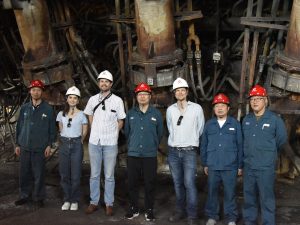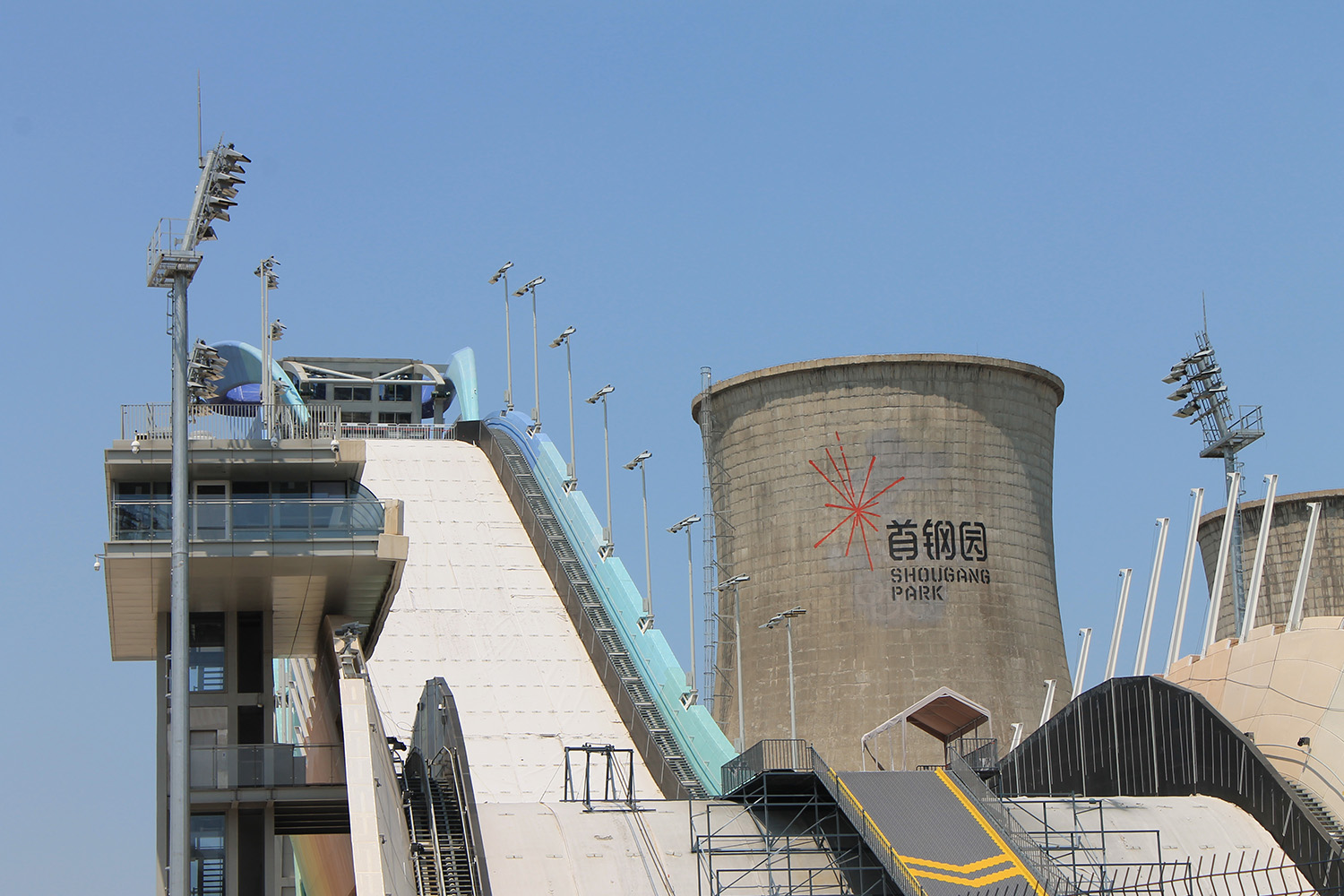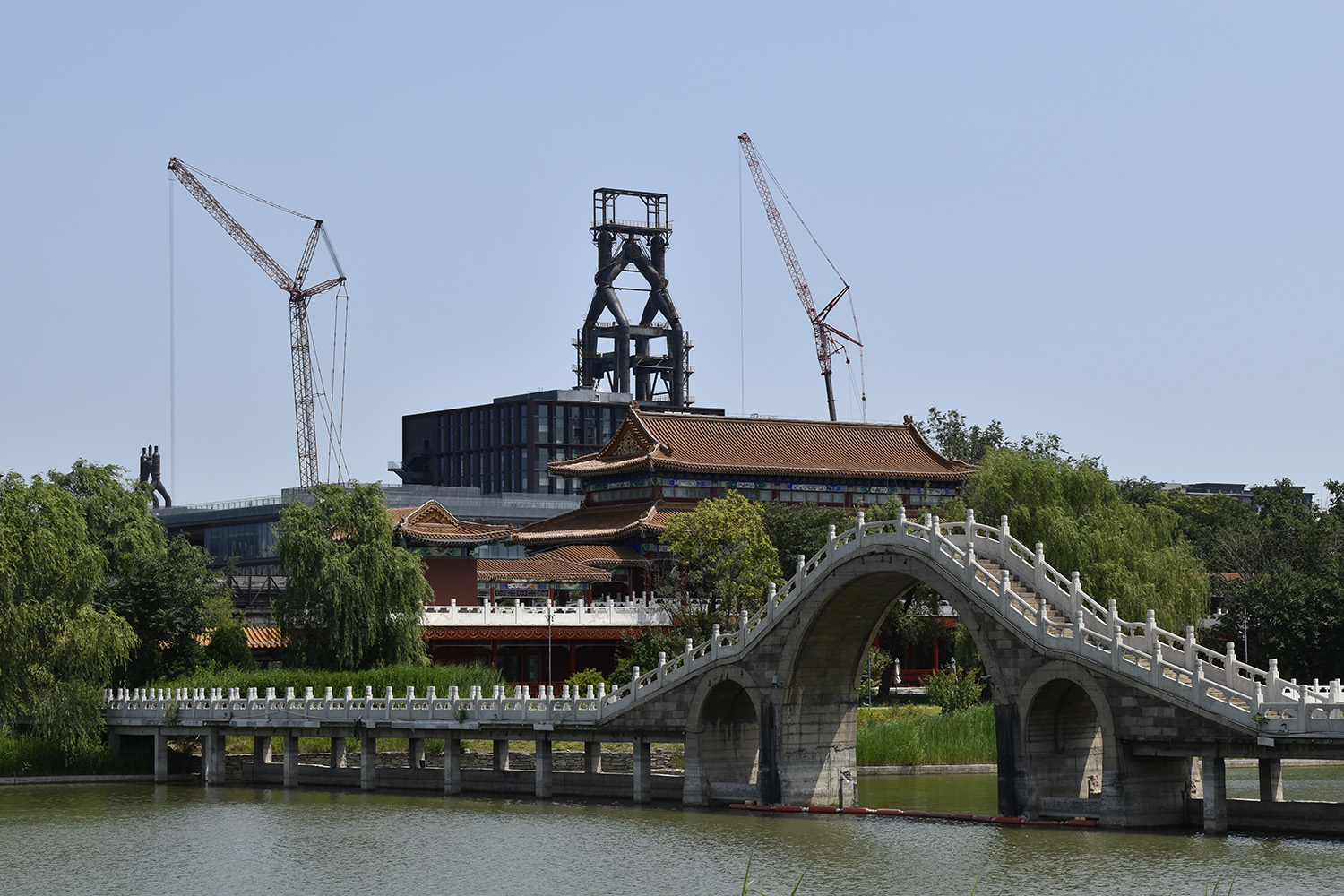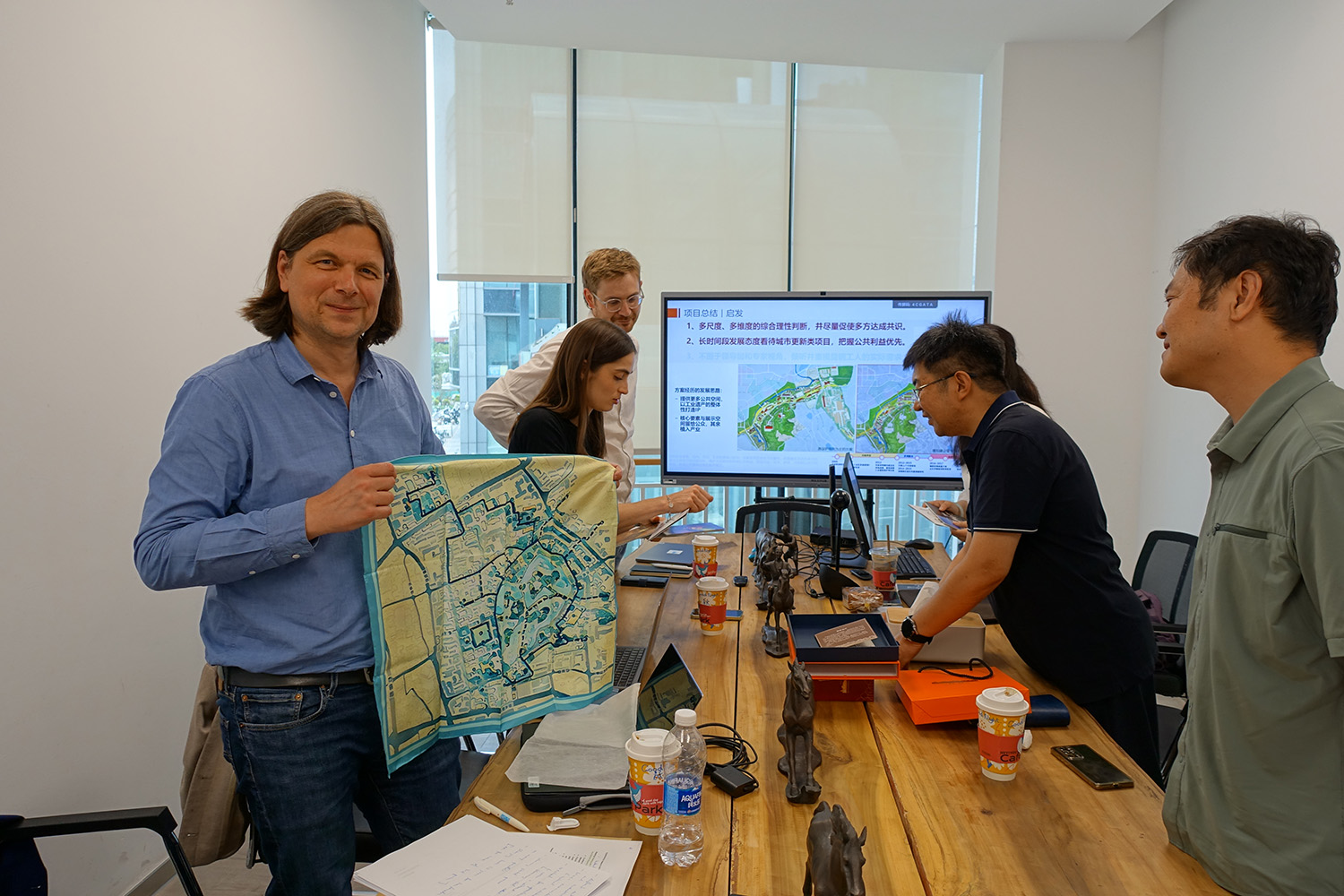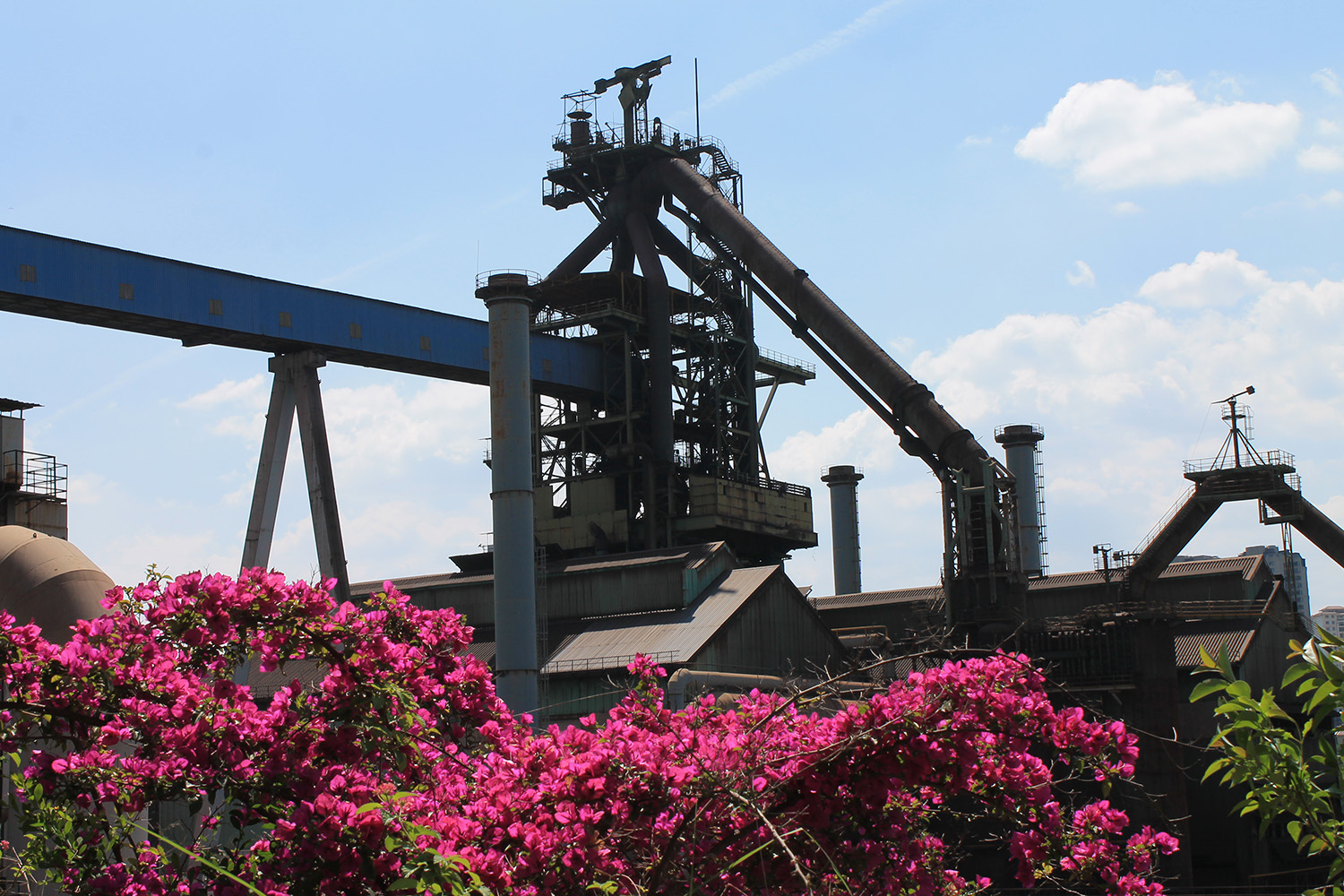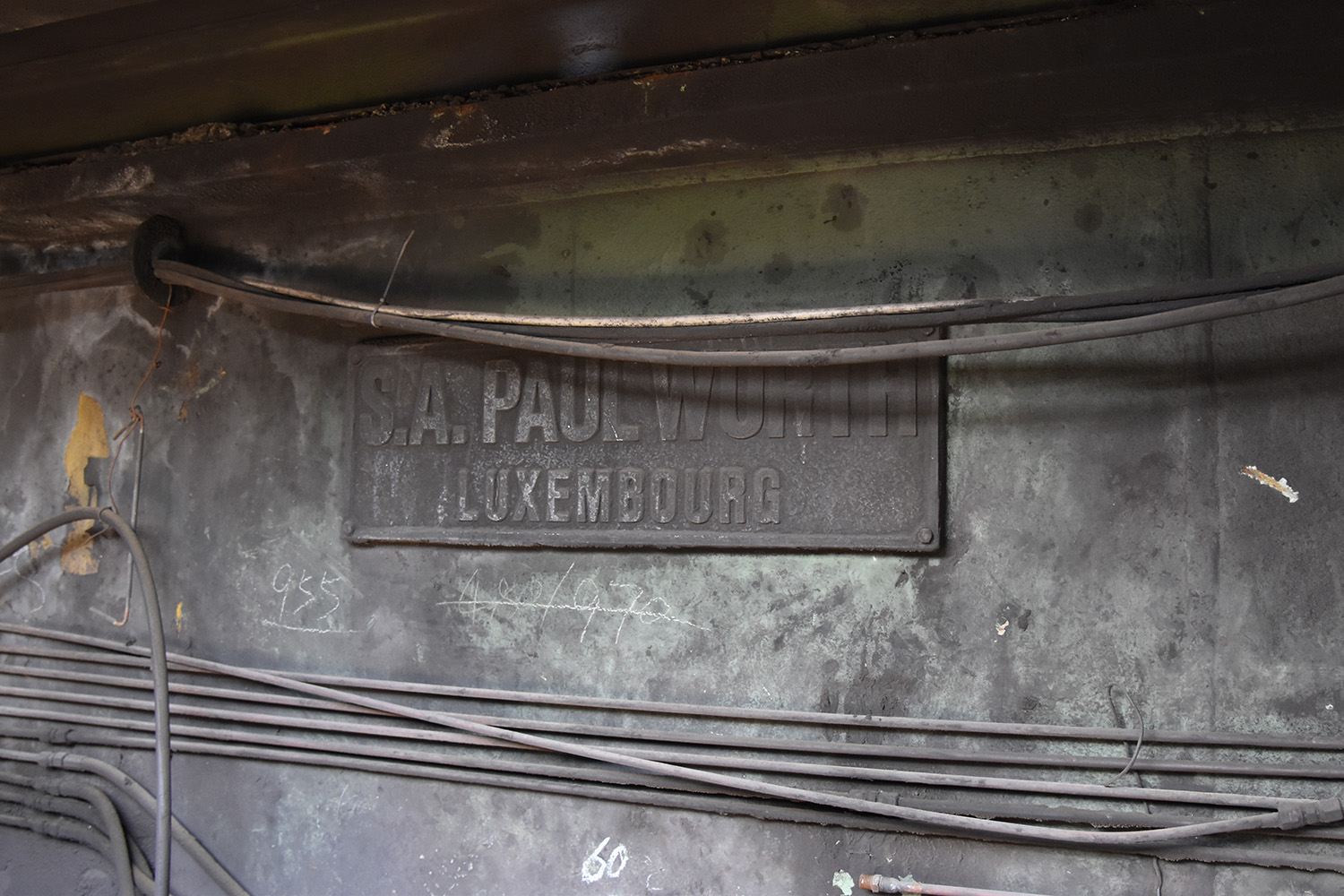In early June 2025, we travelled to China to follow the traces of Blast Furnace C, originally part of Luxembourg’s steel industry in Belval. The furnace was dismantled in 1996 and shipped to China, where it was reassembled on the Anning plant near Kunming and remained in use from 1998 to 2021.
The idea behind the research trip was to put industrial history into action and to investigate first-hand the history and legacy of Blast Furnace C in China. From online sources we had already learned that it had been shut down in 2021 and declared a national industrial monument in 2018. Still, the timeline was rather obscure and from the different reports we had read it remained unclear what had been planned and what had been implemented in situ. The aim was to visit the furnace and also to talk to the urban planners and industrial heritage authorities that we had identified in the online reports.
Meeting with THUPDI in Beijing
We started our trip in Beijing with a visit to the Tsinghua Tongheng Urban Planning & Design Institute (THUPDI). There we met Huo Xiaowei, Vice-Dean and head of the Heritage Division, and Zhang Jie, a former employee and now a PhD student at Beijing University. Both had worked on a reconversion plan for the former industrial site in Anning, where Blast Furnace C had been operating.
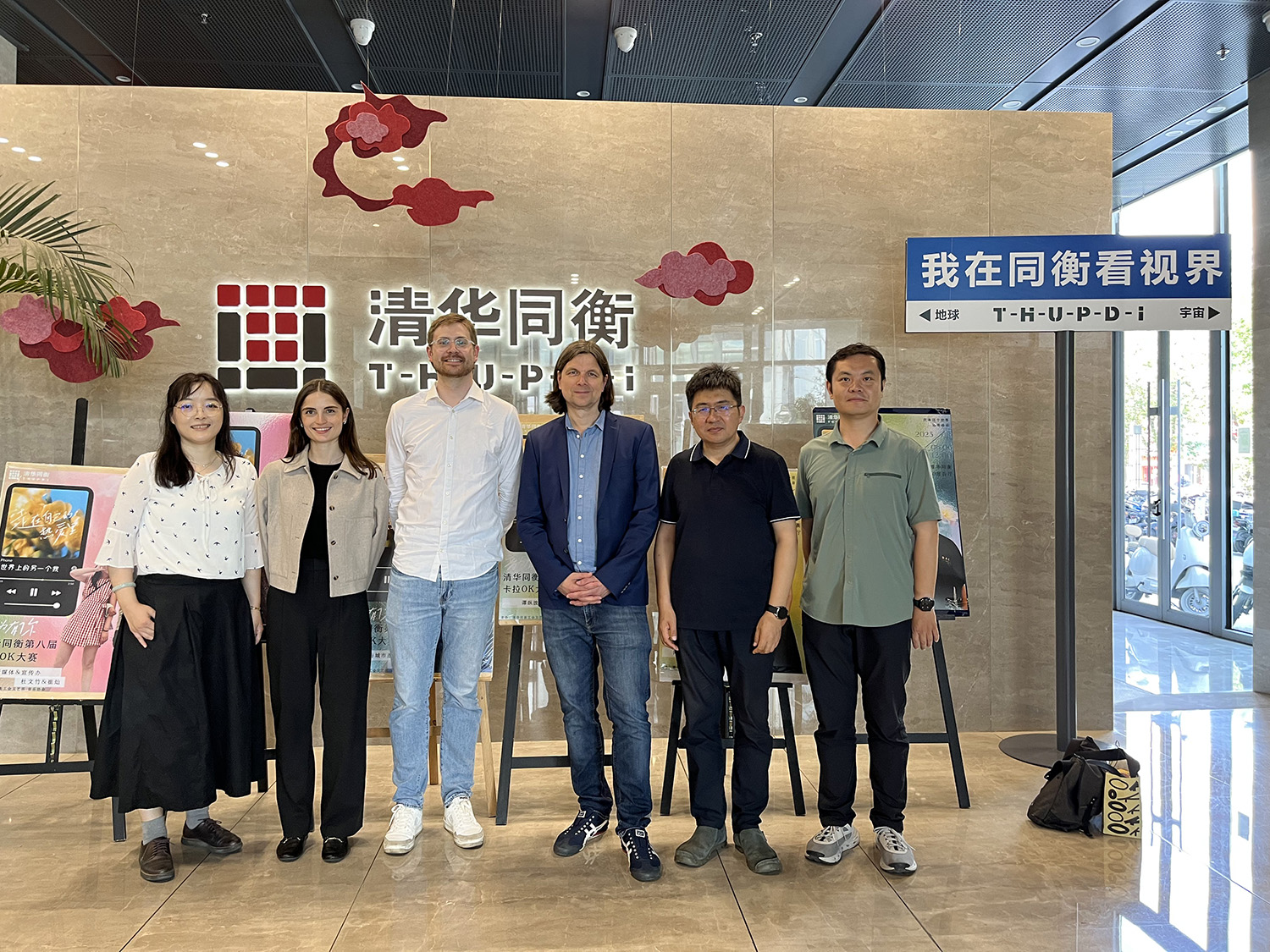
Tsinghua Tongheng Urban Planning & Design Institute (THUPDI)
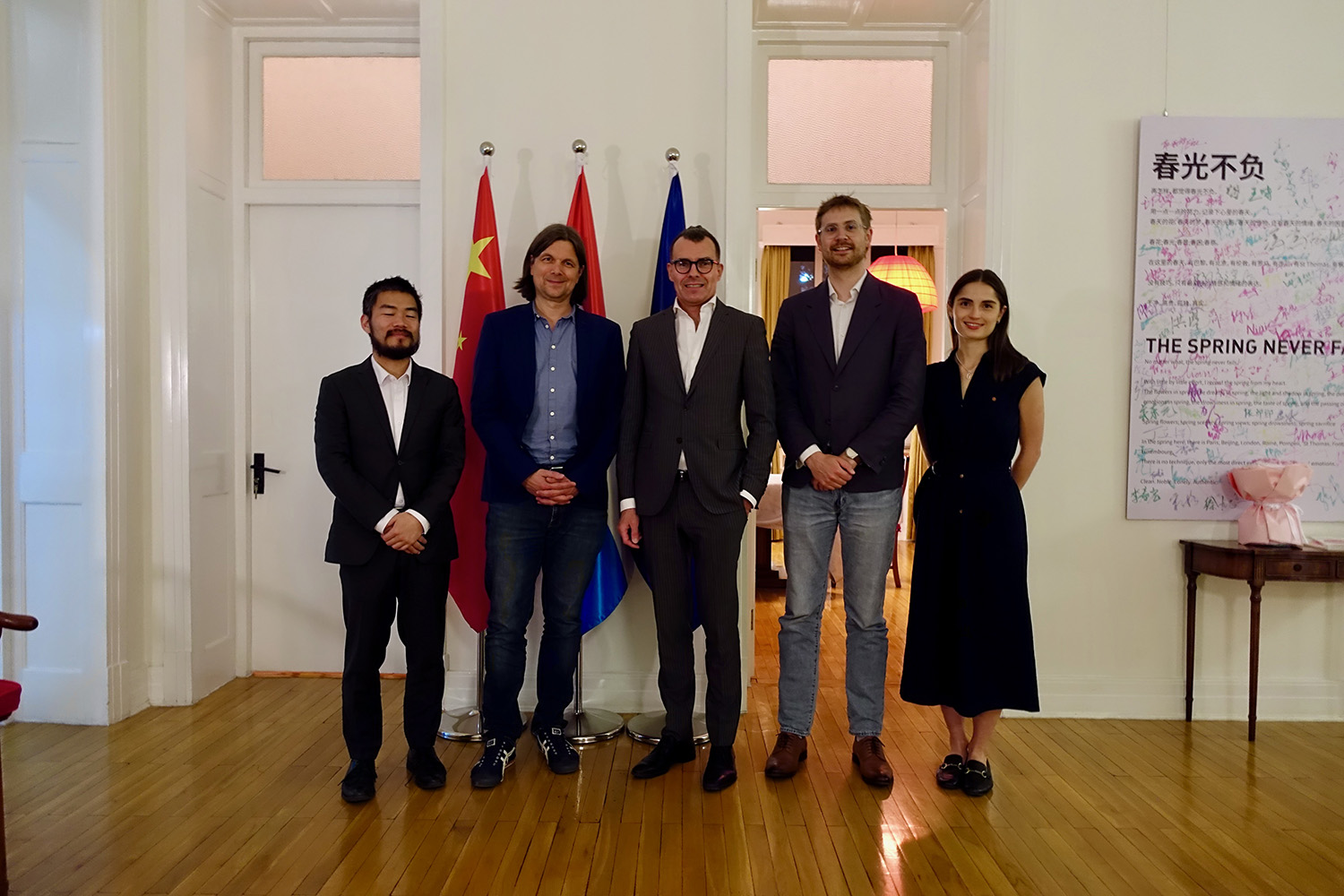
Meeting with Roland Reiland, Luxembourg’s Ambassador to China
Our conversation soon revealed that, despite the differences between Luxembourg and China, both countries are dealing with similar challenges when it comes to reusing old industrial sites. What should be preserved? How can these places be made meaningful again? And how can the local community be involved in the process? We were particularly interested in how THUPDI used online surveys to gather feedback from former workers and residents, a participatory approach that involved citizens in suggesting which parts of the steelworks should be preserved because of their historical or emotional value.
We also visited the Shougang Industrial Park in western Beijing, where the old steelworks had been turned into sport venues and public spaces for the 2022 Winter Olympics. On a regular weekday around lunchtime Shougang Park was deserted, suggesting that it may not be the best example for the reconversion of an industrial site.
Later that day, we were invited for dinner by Luxembourg’s Ambassador to China, Roland Reiland. This was a great opportunity to talk about our research in a broader context and discuss the current cultural connections between Luxembourg and China.
Field trip to former Blast Furnace C in Anning
After Beijing, our journey took us to the southwestern part of China, to the province of Yunnan. Around 30 kilometres from the provincial capital of Kunming, in the “small” city of Anning (480,000 inhabitants), we visited the former Kungang industrial site, operated by the Kunming Iron & Steel Company and home to the former Belval Blast Furnace C. Anning is located on a high plateau, 2,000 metres above sea level, known as the “plateau of the red soil” – a name that immediately reminded us of Luxembourg’s Terres Rouges.
Blast Furnace #6, as the Belval Blast Furnace C became known in China, went into operation in December 1998 and produced more than 36 million tons of crude iron during its years of activity. A major overhaul in 2011 pushed the yearly production up to 1.84 million tons in 2020; it finally ceased production in 2021, and the entire Kungang site was gradually phased out between 2021 and 2022, with iron and steel production being transferred to a new location outside Anning.
We were welcomed by several long-time employees of Kunming Steel whose careers were closely tied to Blast Furnace #6. These included Li Xinping, former Production Manager of Blast Furnace #6, Li Yuchuan, who had spent 15 years working at the plant, most recently as Technical Manager, and lastly Li Miao, a third-generation steelworker who served as Production Manager of Blast Furnace #6 between 2008 and 2012 before becoming Deputy Director of the new plant.
Accompanied by our interpreter, our hosts guided us around the former production facility – starting in the control room, moving through the casting hall, and finally climbing to the top of the blast furnace. As we walked, they explained to us how Luxembourg technology played a significant part in shaping the development of steel production at this site and across southwest China, and it was clear that they were visibly excited to revisit their former workplace.
In the afternoon, we drove to the company’s new steelmaking location, which is situated around 20 kilometres from the old Kungang site in Caopu New District. There, we had the opportunity to sit down with our hosts for more personal conversations over tea. It quickly became clear that much like Blast Furnaces A and B in Belval, Blast Furnace #6 still holds an important place in the collective memory, closely tied to notions of professional recognition, identity and emotional attachment.
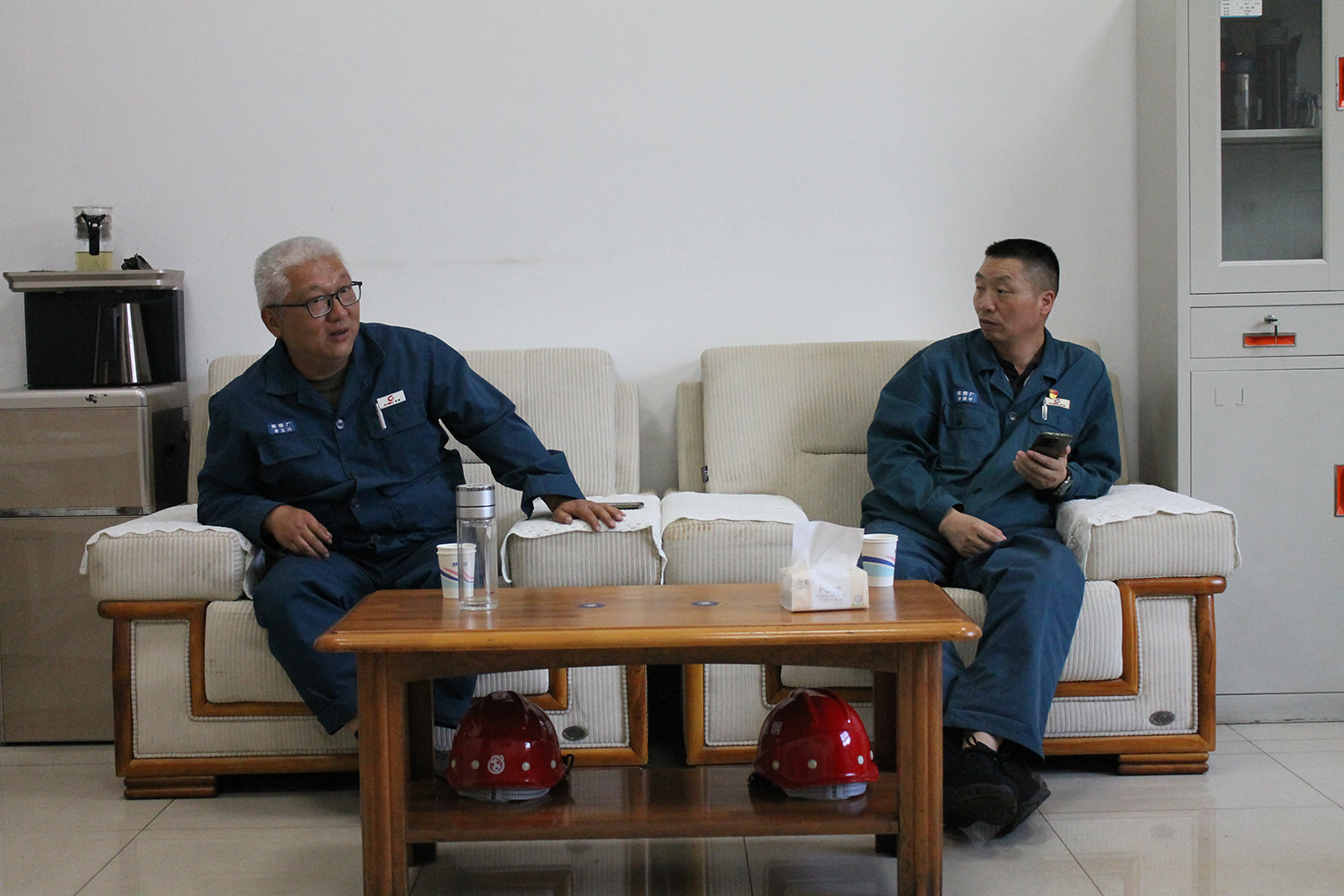
Kunming Iron & Steel Company workers
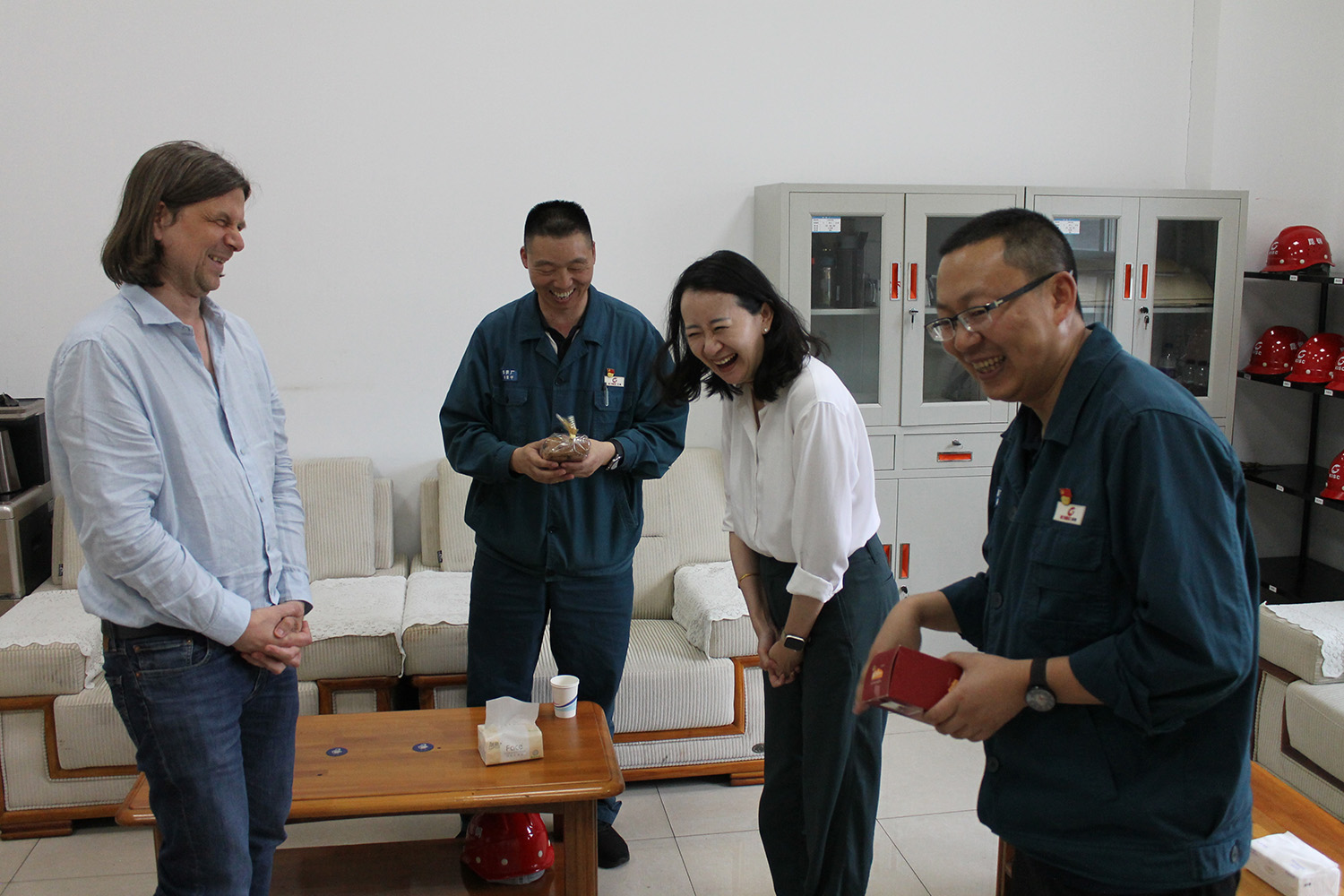
Meeting with the DIIT in Kunming
The next day we met five representatives of the Department of Industry and Information Technology (DIIT) in the city of Kunming. Among its many responsibilities, the DIIT is in charge of industrial heritage in Yunnan province. Our contacts stressed the importance of Blast Furnace #6 in the history of the local steel industry. It had boosted crude iron production in 1998 and put Kunming back on the national map, as at that time BF #6 was the fifth largest in China. The Anning plant was included in the second list of national industrial heritage sites in 2018, when the plant was still in operation, but the final shutdown of the whole site had already been decided. The industrial heritage declaration was partly motivated by the significant role the Anning plant played during the Second Sino-Japanese War, but also because of the general importance of Kunming Iron & Steel for the province’s industrial history. Today, twelve installations within the Anning plant are listed as historical monuments, including Blast Furnace #6.
To sum up, despite different national contexts, similar challenges exist around preserving and reusing industrial sites in Luxembourg and China. Kunming Iron & Steel’s Blast Furnace #6 was found to hold significant historical and emotional value, both as a symbol of technological exchange and as a monument to local industrial identity. The wealth of photos, interview notes and documents (including the raw data from the online survey with more than 1,900 respondents) that we brought back from our visit to Beijing and Kunming opened up new avenues for future research.
